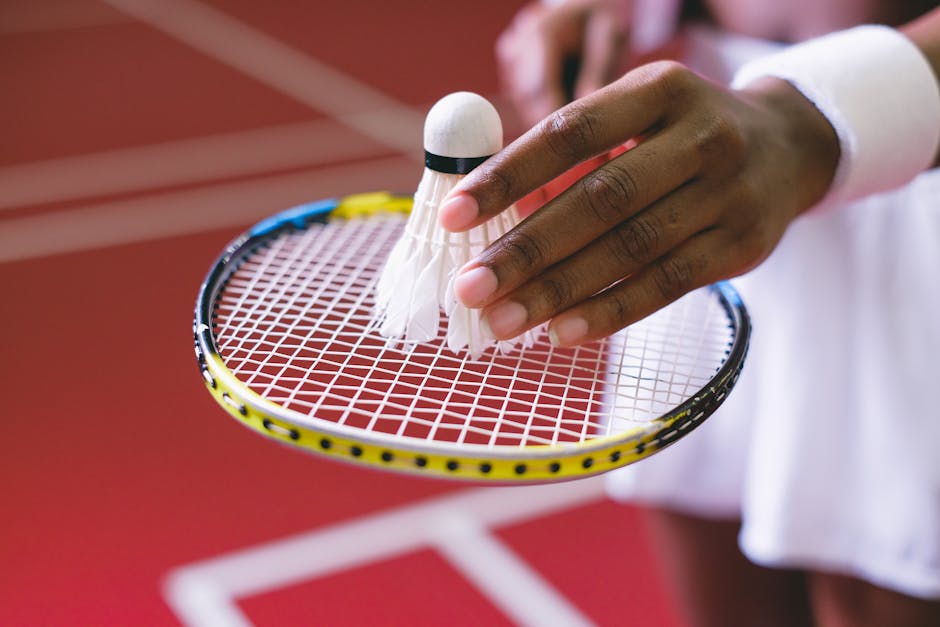A badminton racket is the most crucial piece of equipment for any player, regardless of skill level. Choosing the right racket can significantly enhance your performance on the court, helping you unleash your full potential. Here's a comprehensive guide to badminton rackets, covering everything you need to know to make an informed decision:
**Head Shape and Weight**
Badminton rackets come in three primary head shapes: isometric, oval, and teardrop. Isometric rackets provide a larger sweet spot and a wider hitting area, making them ideal for beginners and intermediate players. Oval-shaped rackets are more aerodynamic and offer better control, while teardrop rackets combine power and control for advanced players.
The weight of a racket plays a crucial role in its balance and swing speed. Heavier rackets provide more power but may be slower to maneuver, while lighter rackets offer faster swing speeds but less power. Choose a weight that feels comfortable and allows you to generate optimal power and control.
**Grip Size**
The grip size of a badminton racket is measured in inches and should fit snugly in your hand without being too tight or too loose. A proper grip allows you to hold the racket securely and comfortably, ensuring maximum control and precision. If the grip is too small, it can cause discomfort and hinder your performance. If it's too large, you may struggle to control the racket effectively.
**String Tension**
String tension affects the power, control, and feel of the racket. Higher tension strings provide more control but less power, while lower tension strings offer more power but less control. Beginners may prefer lower tension strings for easier playability, while advanced players typically use higher tension strings for greater precision.
**Balance Point**
The balance point of a racket determines its overall feel and swing weight. Head-heavy rackets are more powerful but slower to swing, while head-light rackets offer faster swing speeds but less power. Choose a balance point that matches your playing style and preferences.
**Other Considerations**
In addition to the above factors, other considerations when choosing a badminton racket include the frame material (e.g., graphite, steel, aluminum), the string material (e.g., nylon, polyester), and the grip material (e.g., leather, synthetic). Different combinations of these elements can further fine-tune the performance of the racket.
**Conclusion**
Choosing the right badminton racket is essential for enhancing your performance and enjoying the game to the fullest. Consider the head shape, weight, grip size, string tension, balance point, and other factors discussed in this guide. With the right racket in your hand, you can unleash your true potential on the court and take your badminton skills to the next level.
